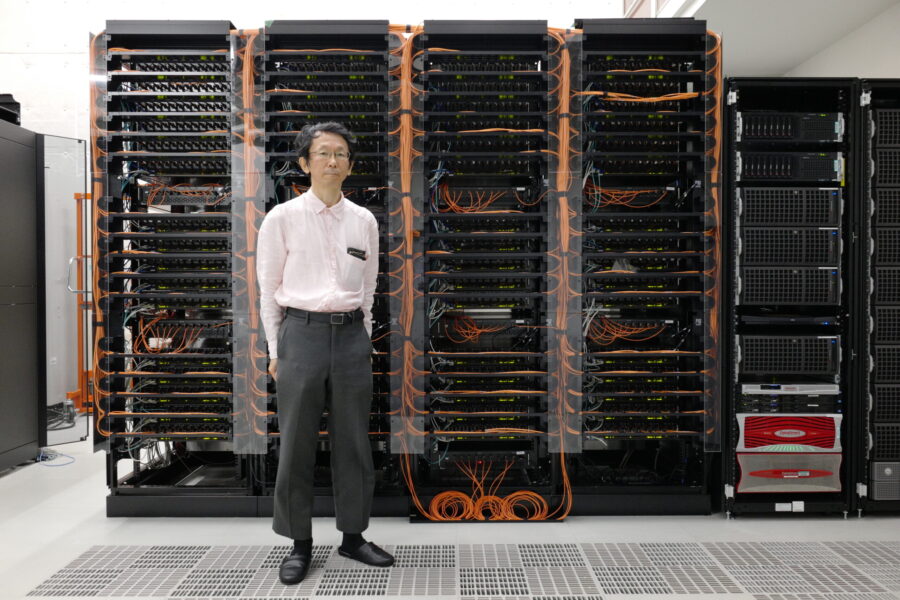
Taking on the world with a unique computer
This time we have Dr. Yousuke Ohno, who works on the design of MDGRAPE, a computer specialized for running molecular dynamics simulations. If you really think about it, the development of MDGRAPE has been going on since before 1990, which was around the time when Windows 3.1 was finally released. Looking back now, isn’t it […]
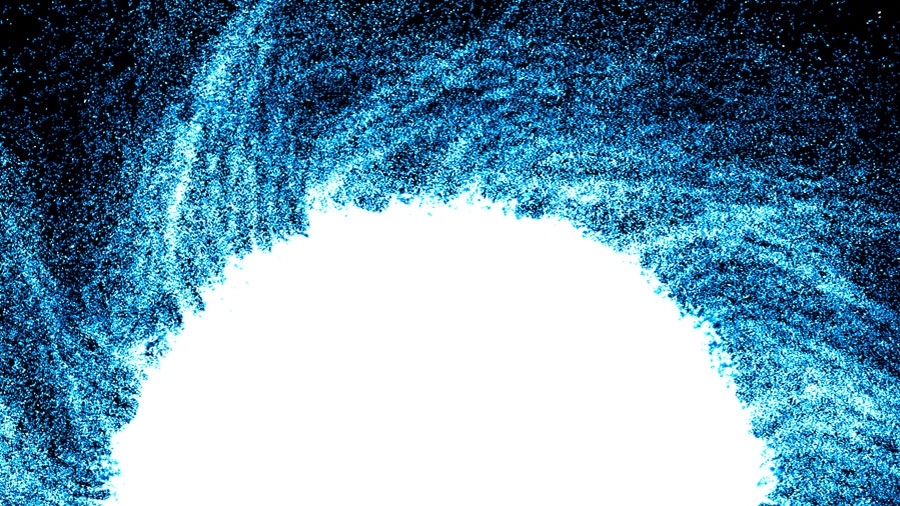
Vol.12 – Winter 2023
A blue sun?
This is an aggregate of neural stem cells and the outflow of these cells from the aggregate. At high densities, neural stem cells align their elongated shapes and radially crawl out of the aggregate. Their weak clockwise cell motility becomes accentuated at the collective migration level, resulting in the appearance of a spiral formation that is visible to the naked eye.

RIKEN Kids Yokohama
Yokohama Campus
A childcare facility situated on RIKEN premises specifically for use by RIKEN employees. Both research and administrative staff are eligible to use the childcare services.

Research Highlights
How to regulate protein intake, cells that sense mechanical forces, the possibility of regenerative medicine for the heart, and hormones make fathers.—Research highlights articles and press releases between July and October 2022.

Vol.11 – Summer 2022
A maze and a cave?
This is a heart of a newborn opossum (red). Opossums are marsupials, like kangaroos. Their hearts retain the ability to regenerate for at least two weeks after birth, which is the longest reported to date in mammals. The green cells are those currently proliferating.

Laboratory for Neuroepitranscriptomics
The Laboratory for Neuroepitranscriptomics was launched in April 2021 and is headed by Team Leader Dan Ohtan Wang. Originally from China, Dr. Wang first came to Japan as a high school student on a short-term exchange program, and then later returned to attend the Tokyo Institute of Technology for her undergraduate and …
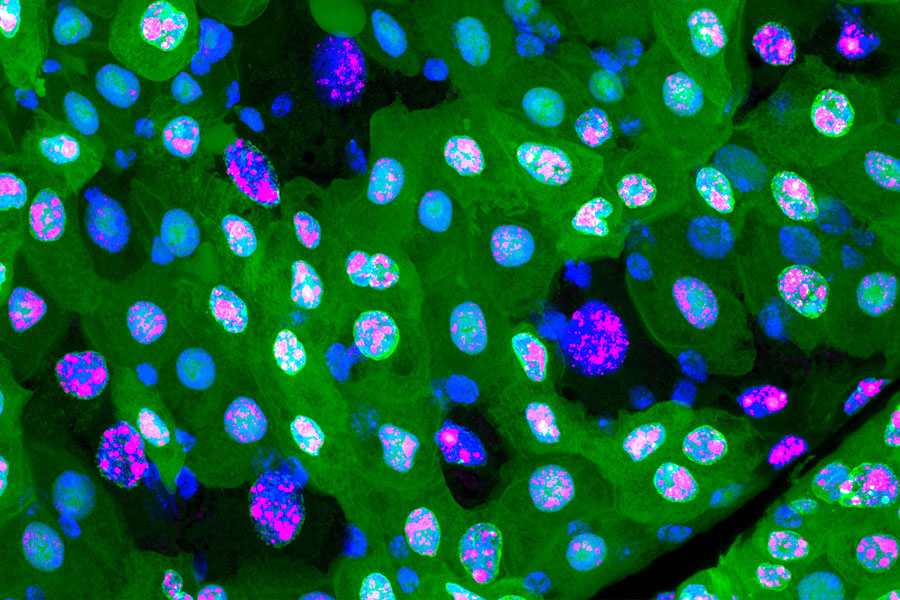
Research Highlights
Robotic AI, cell death in darkness, molecular pumps and receptors, microbiota and Palaeospondylus. Research highlights articles and press releases between March 2022 to June 2022

A path lined with azaleas
Osaka Campus
The Quantitative Biology Buildings consist of two buildings, A and B, between which there is a greenery-filled courtyard. The path winding through the courtyard is adorned with hedges of azaleas.
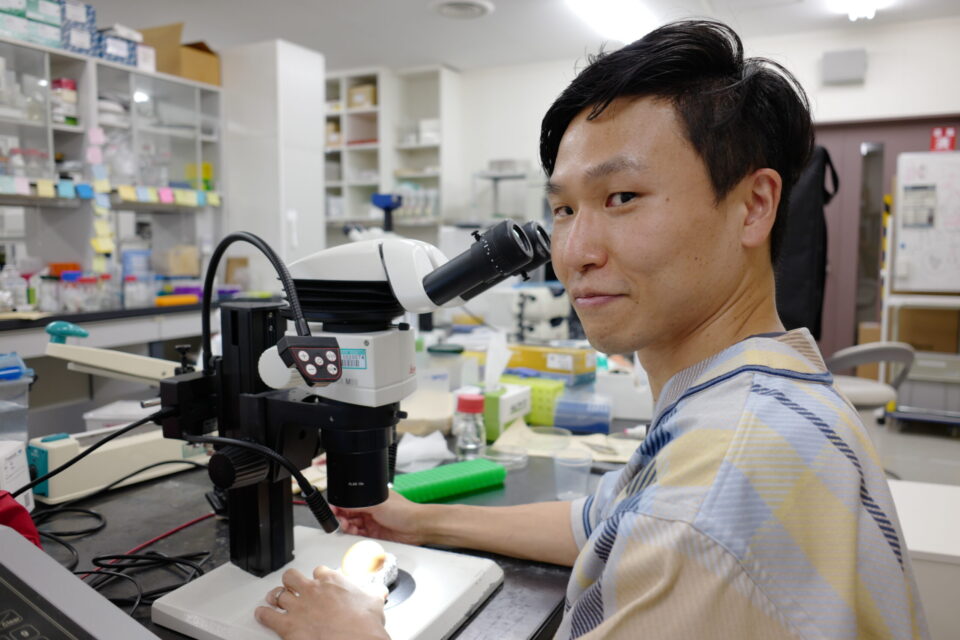
The Marvels of Shapes Revealed by Mathematics
The person who I interviewed this time is Dr. Daisuke Ohtsuka, who works in the Laboratory for Developmental Morphogeometry, one laboratory at the BDR that is headed by a team leader with a non-biology background. I thought our conversation might include a lot of references to numbers and mathematical formulas, but as Dr. Ohtsuka himself […]
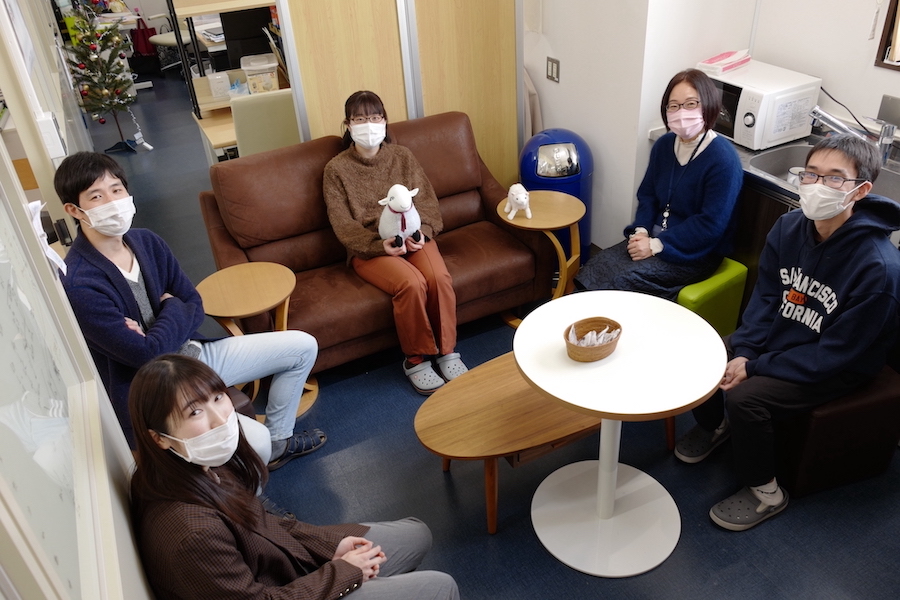
Laboratory for Nutritional Biology
Team Leader Fumiaki Obata joined RIKEN BDR in April 2021 from his former post at The University of Tokyo to lead the new Laboratory for Nutritional Biology. He first began working with fruit flies,

View from the seventh floor of the Developmental Biology Building
The Akashi Kaikyo Bridge connects the Honshu mainland (right) to Awaji Island (left) and is located across the sea approximately 18 km away from the Kobe Campus. At 3,911 meters long, it is the second longest suspension bridge in the world. The cape in the foreground extending from the right is where the ancient port of Kobe, Owada no tomari, is said to have been located.
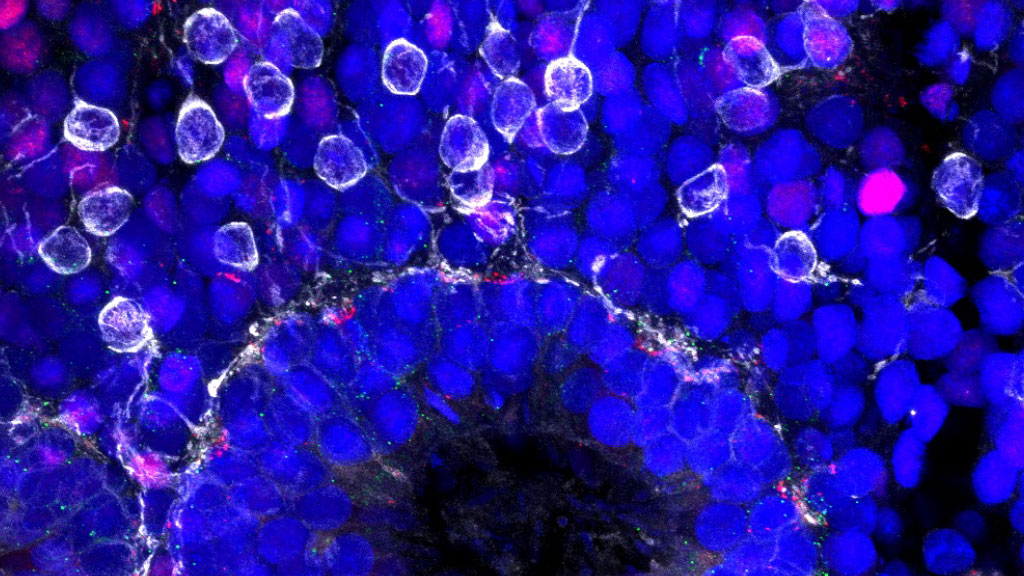
Research Highlights
Research highlights articles and press releases between November 2021 to February 2022.

Vol.10 – Spring 2022
A growing baby corn?
This is an electron microscope image of an olfactory sensillum found on the head of a fruit fly. Nanometer-sized odorant molecules can pass through tiny pore on the sensillum surface to stimulate the nerves inside for detecting odors. In contrast, micrometer-sized dust and virus particles are prevented from entering the body because they cannot pass through the pores.
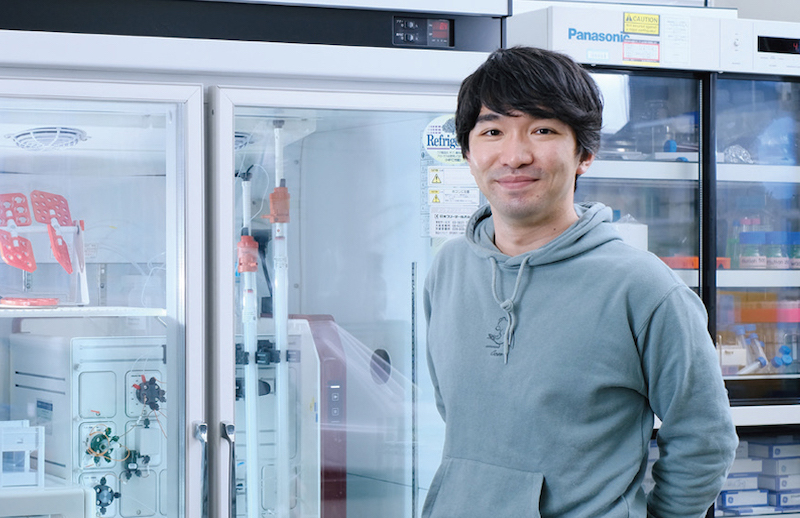
Approaching the Origin of Life with Structural Biology
It has been a while since I last talked to a structural biology researcher. I know that they use instruments like nuclear magnetic resonance (NMR) spectrometers to determine the structure of proteins, but I was very excited to be able to hear the story of what happens after the structure is determined as it sounded […]

Vol. 09 – Winter 2022
Light blue hammock?
This is a graphic model of the three-dimensional structure of the DOCK-ELMO-Rac protein complex. DOCK (cyan) is involved in cell movement and maturation. The biological activities in the body are maintained by the binding and unbinding of proteins to other proteins.
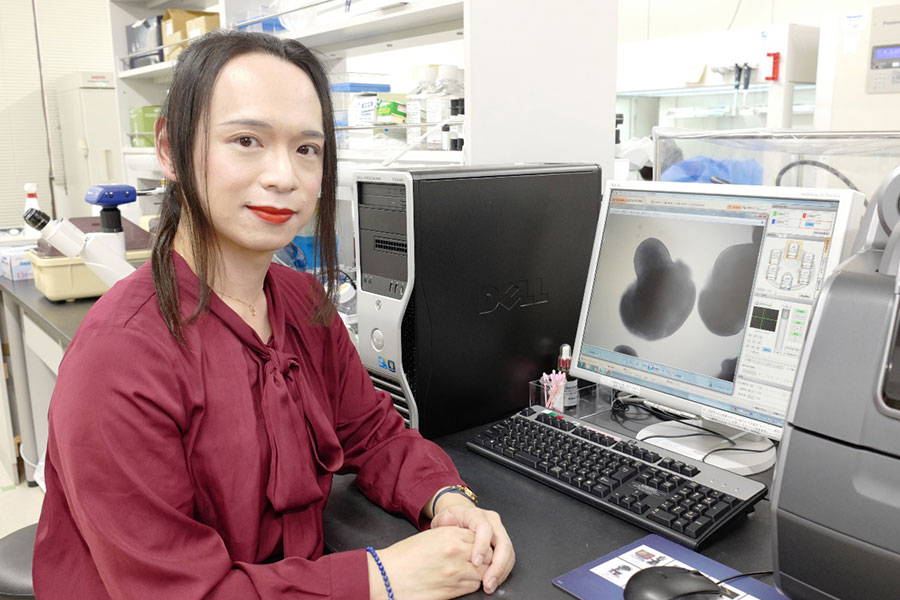
Neural Organogenesis Research Program, RIKEN BDR-Otsuka Pharmaceutical Collaboration Center
Launched in 2016, the RIKEN BDR-Otsuka Pharmaceutical Collaboration Center aspires to conceive novel and original results through collaborative research investigating disease mechanisms based on developmental, regenerative and systems biology approaches. In June 2020, the Neural Organogenesis Research Program headed by Hideya Sakaguchi was established to accelerate research specifically in areas of neurobiology and the understanding of neurodegenerative diseases.
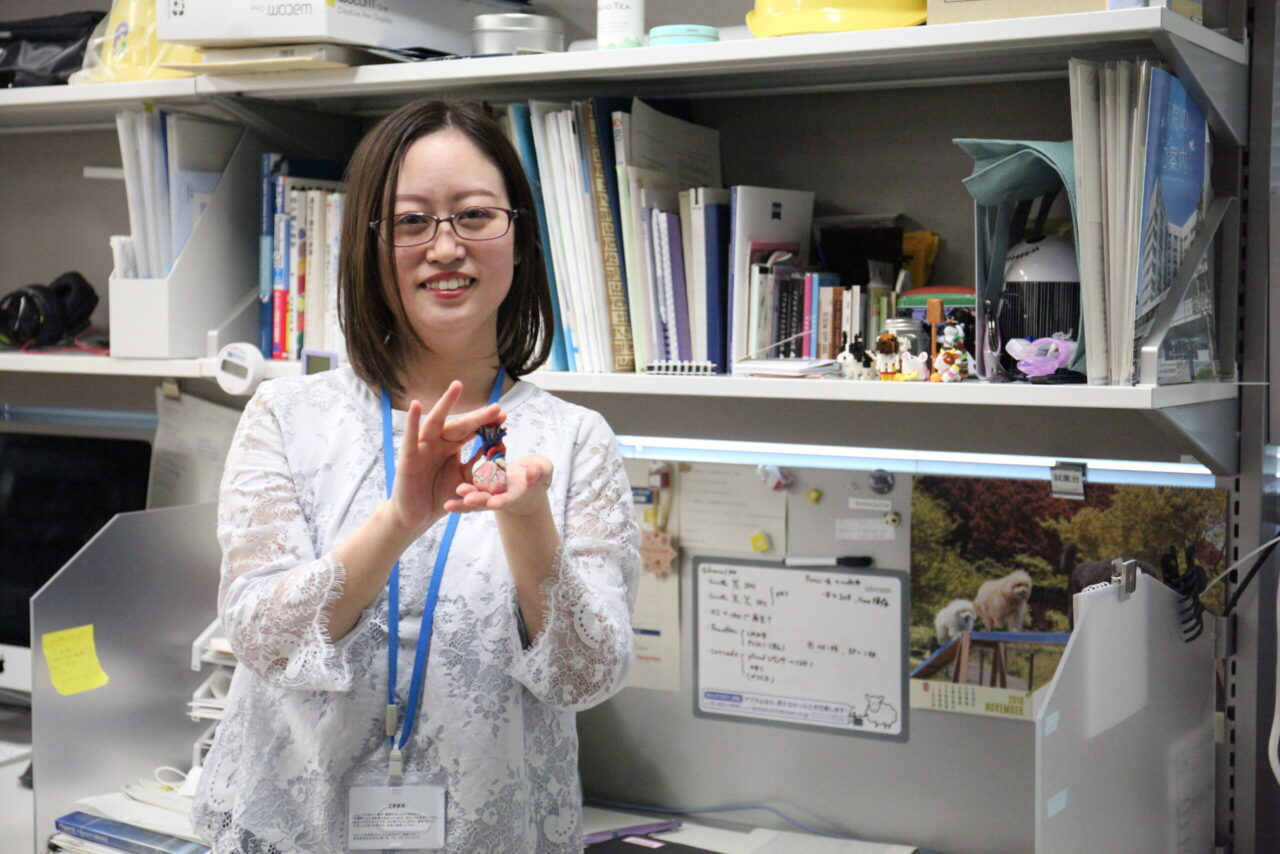
Follow the heart
This time, we have Dr. Akane Sakaguchi from the Kimura Lab. I was surprised to learn that she makes decisions based on her intuition, which was different from what I expected judging from her neat appearance. I guess we could call her an intuitive person. She is doing research on the heart, and the way […]
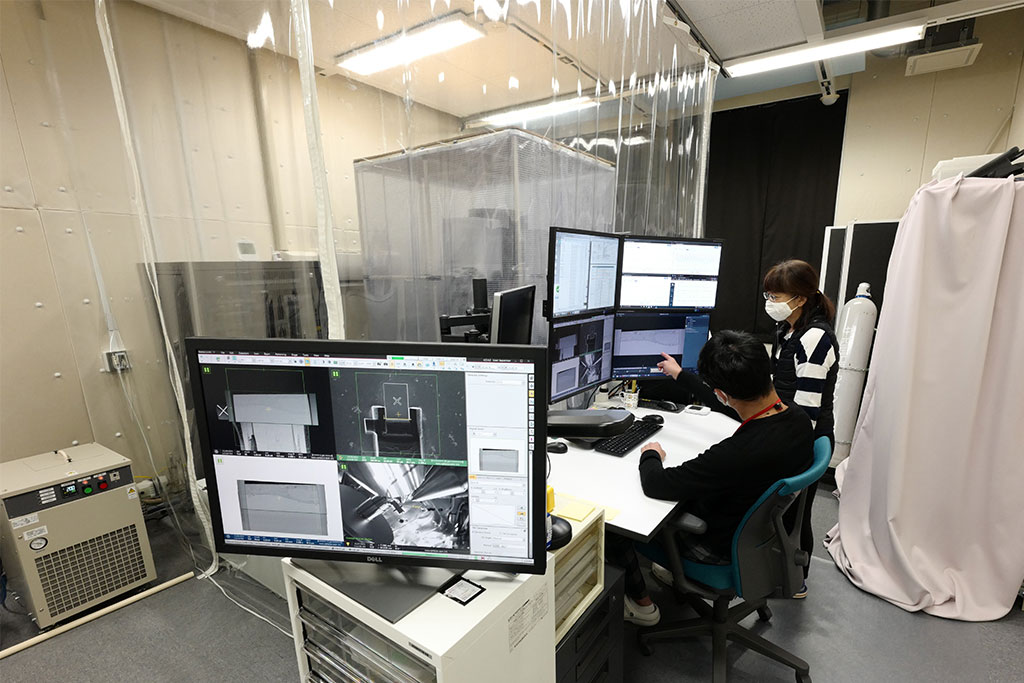
Focused Ion Beam Scanning Electron Microscope
RIKEN–Hiroshima University Collaboration Research Facility
The focused ion beam scanning electron microscope (FIB-SEM) is a system which combines focused ion beams for processing or milling the surface of a sample and a scanning electron microscope for observing the surface of a material.
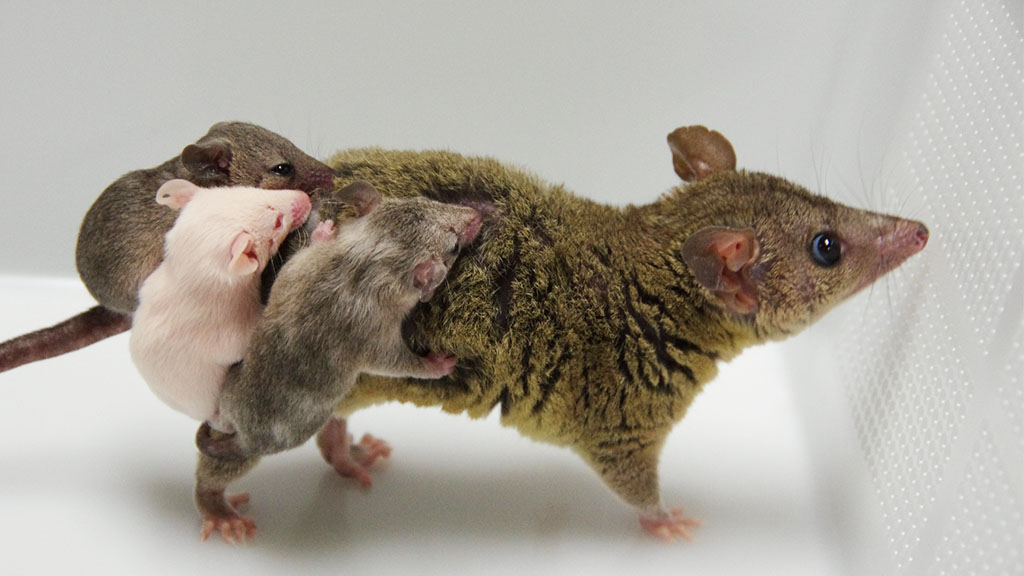
Research Highlights
Research highlights articles and press releases between July 2021 to October 2021.
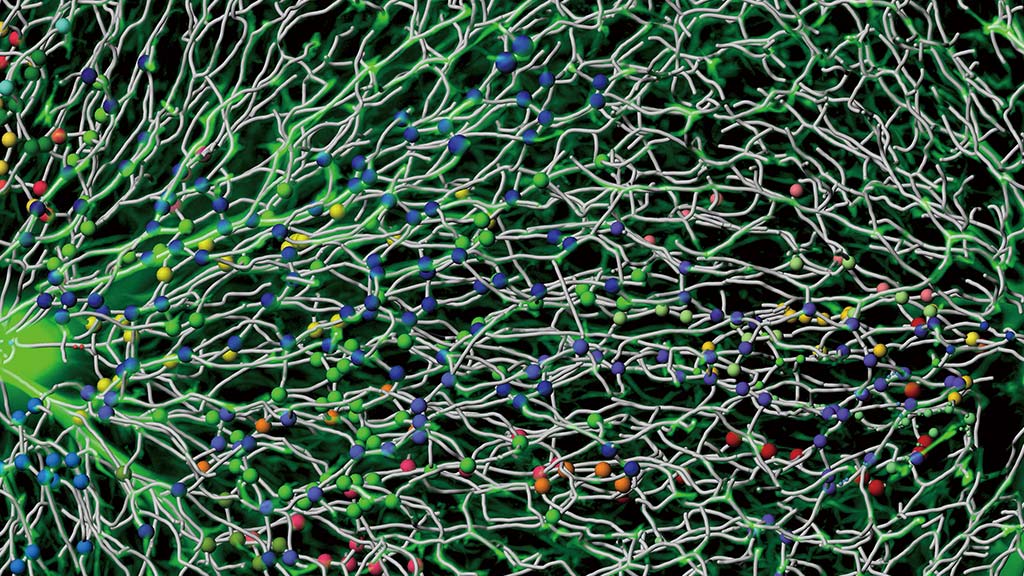
Vol. 08 – Autumn 2021
Tangled roots of a tree?
This is a capillary network in the liver called sinusoids. The liver has a high regenerative capacity. It has been shown that when the liver is damaged, there is an increase in blood flow rate and …
Download PDF(1.0MB)
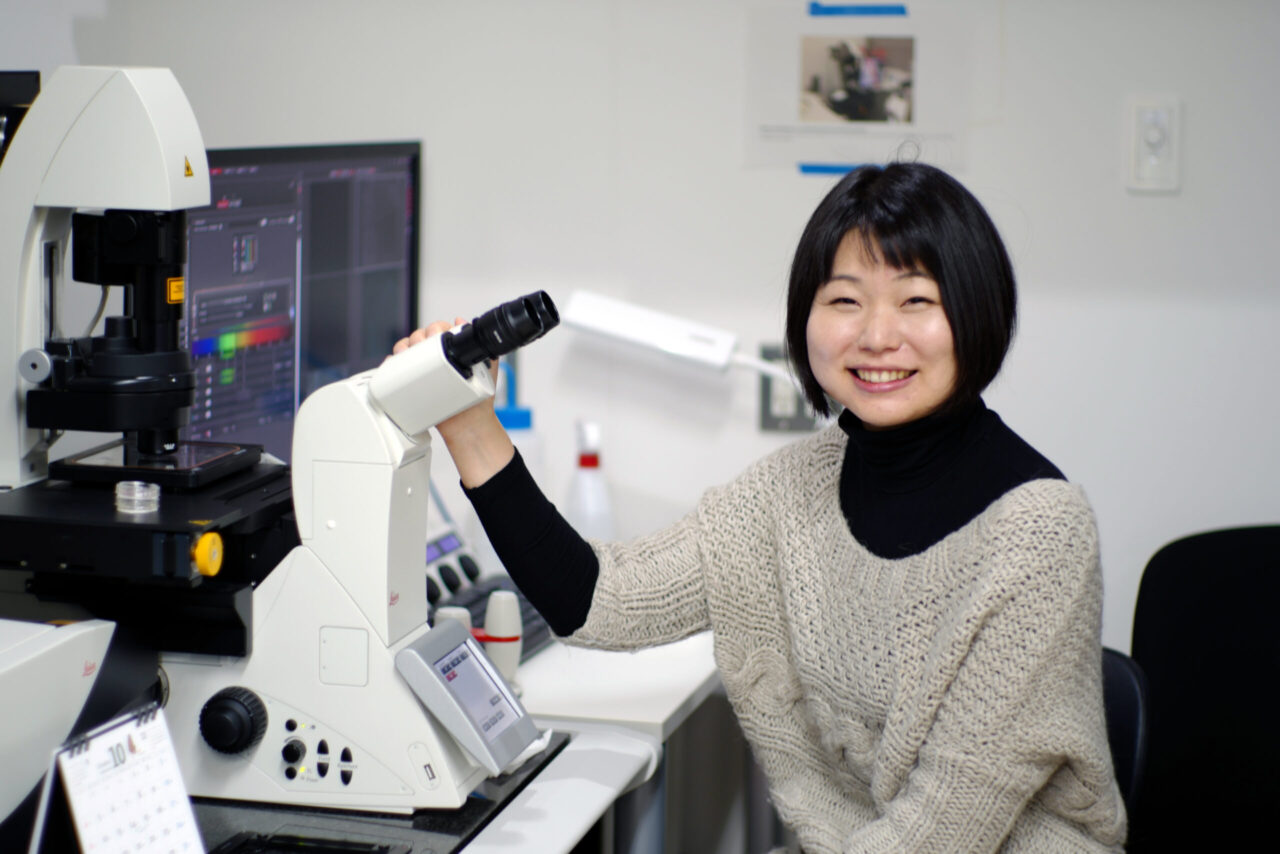
Everything is Done Manually
Ritsuko Morita, our interviewee this time, was introduced to us by Mika Yoshimura. The interview took place in January 2021, but since she was in the middle of submitting her paper to the journal Nature, we held off on releasing this interview until the paper was published.
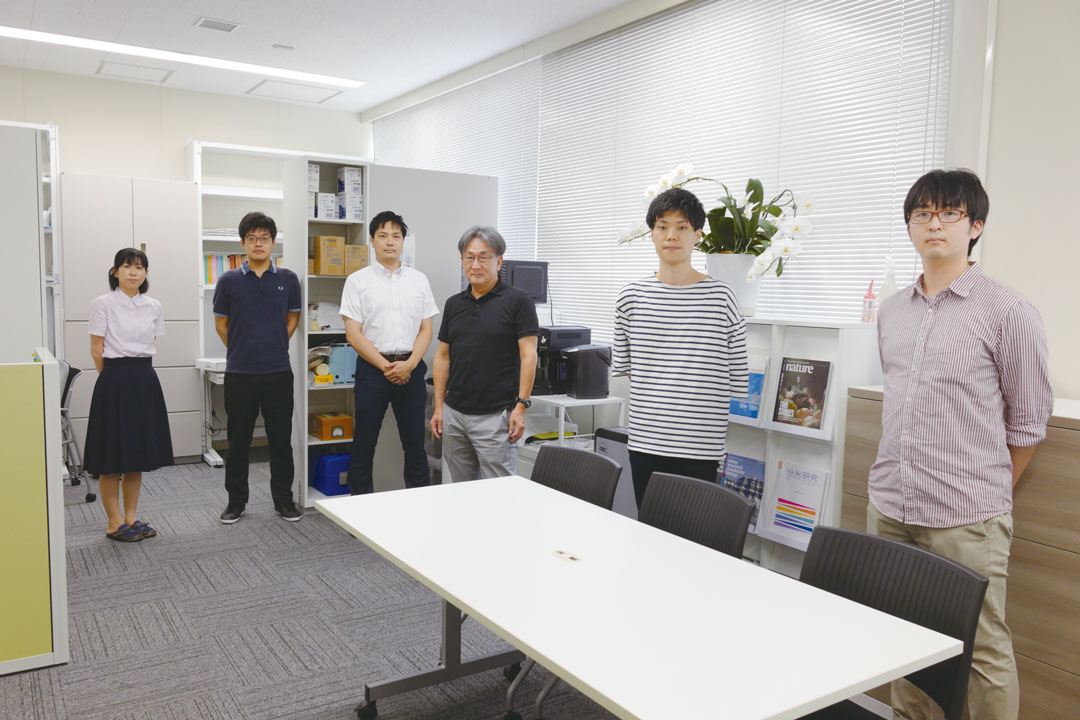
Laboratory for Dynamic Structure of Biomolecules
In April 2020, the Laboratory for Dynamic Structure of Biomolecules, led by Team Leader Ichio Shimada, that is undertaking structural biology research using nuclear magnetic resonance (NMR) was launched at the Yokohama Campus.
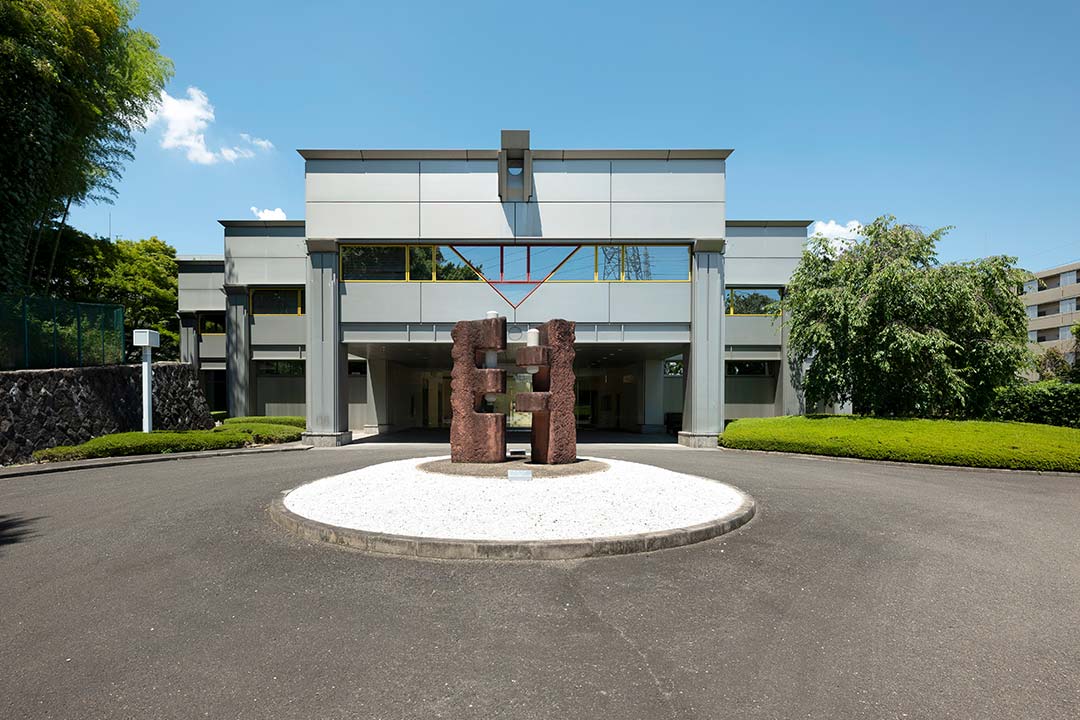
Quantitative Biology Building
Osaka Campus
The building was designed by the late Kenzo Tange (1913-2005), one of Japan’s leading architects, and was completed in 1987. The monument in front is a work by sculptor Yasuo Mizui, titled “GATE OF HOPE”.
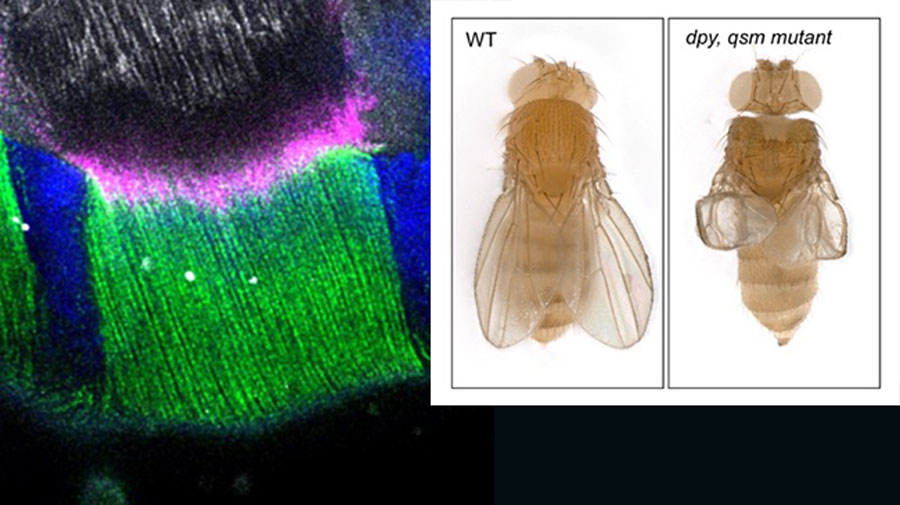
Research Highlights
Research highlights articles and press releases between March 2021 to June 2021.

Constant Temperature and Humidity Room
RIKEN BDR-DAIKIN Collaboration Center in Kobe
A laboratory with four interconnected test rooms, where room temperature and humidity can be strictly controlled. The laboratory can be set to simulate not only an ordinary air-conditioned office room but also environmental temperature …